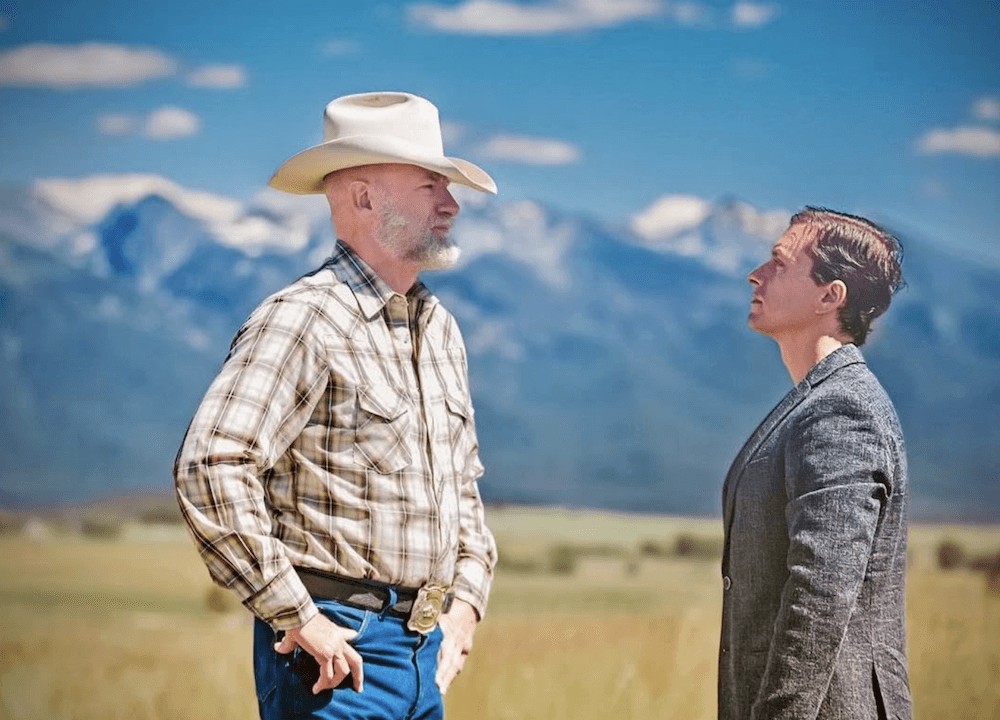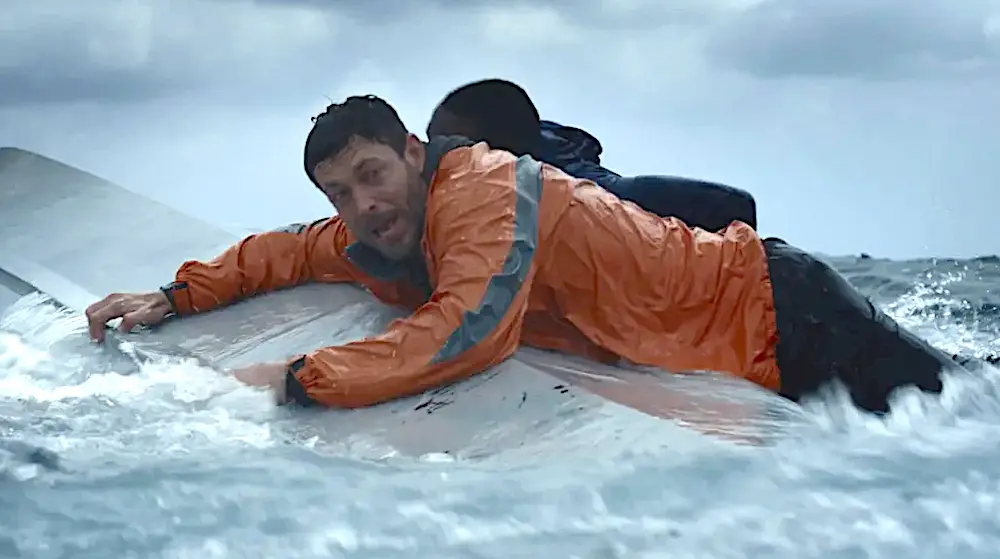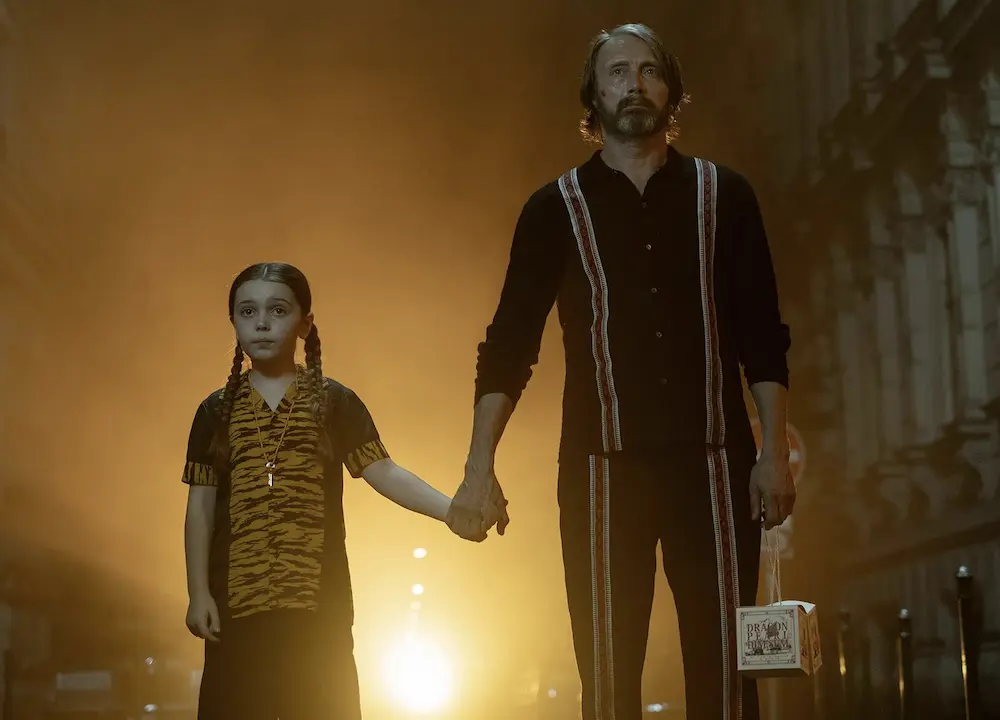NR | 1h 44m | Drama | Jan. 10, 2024
The surprisingly watchable “Somewhere in Montana” has a fun premise: It takes the two most stereotypically, politically, and diametrically opposed men who can possibly exist in America, outfits both with extremely recalcitrant personalities—and smashes them into each other like a couple of Montana Rocky Mountain bighorn rams.






